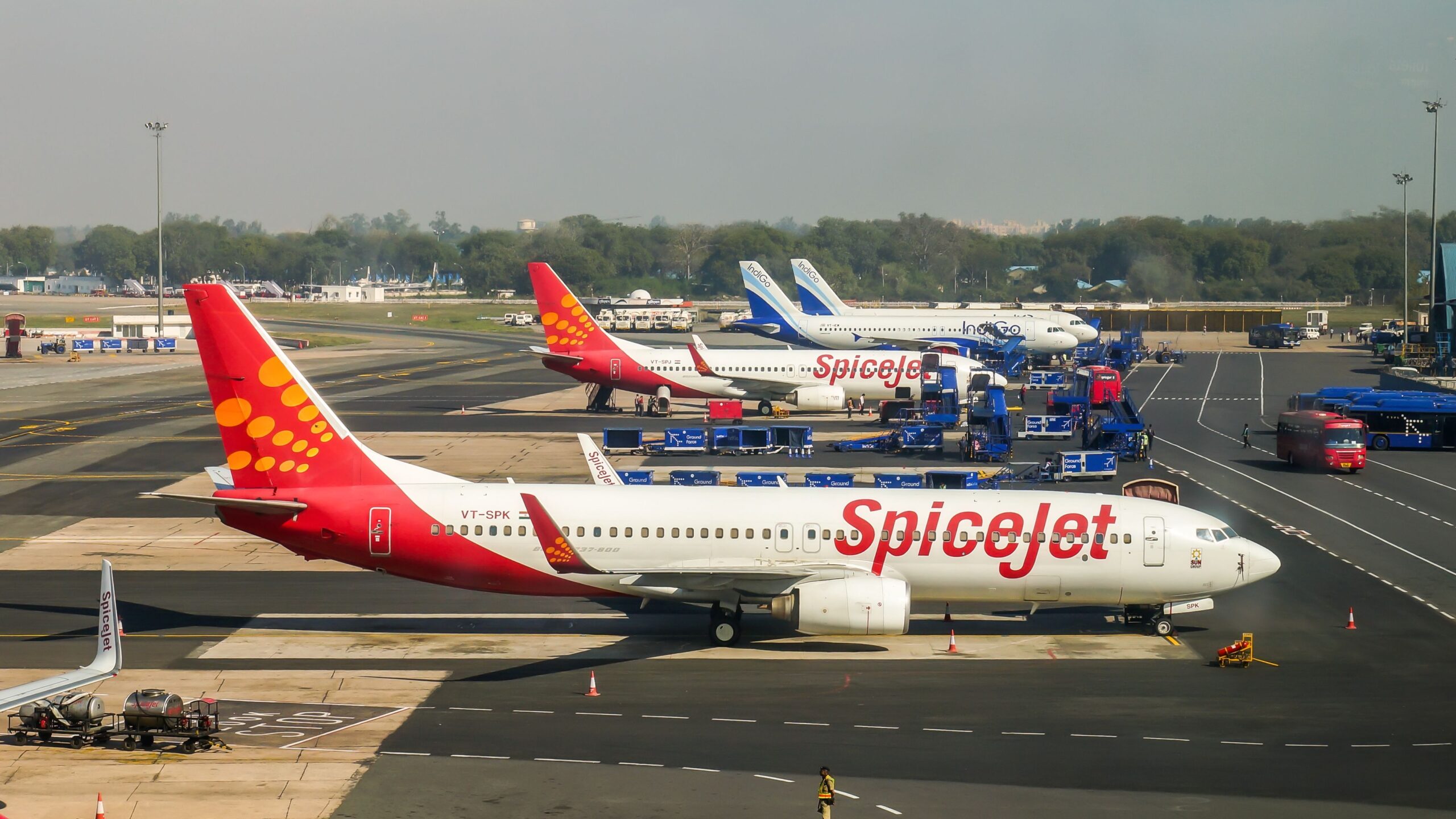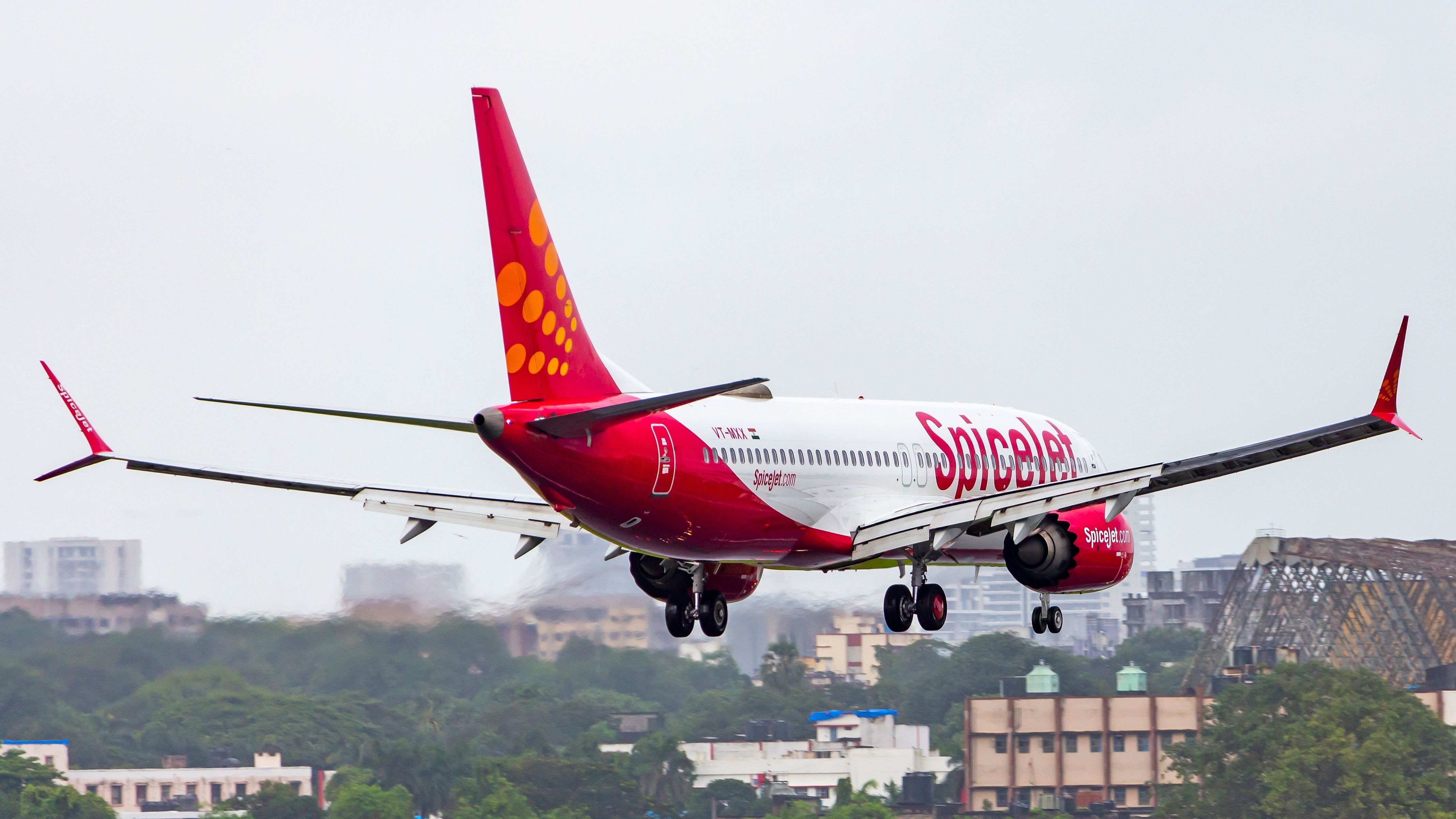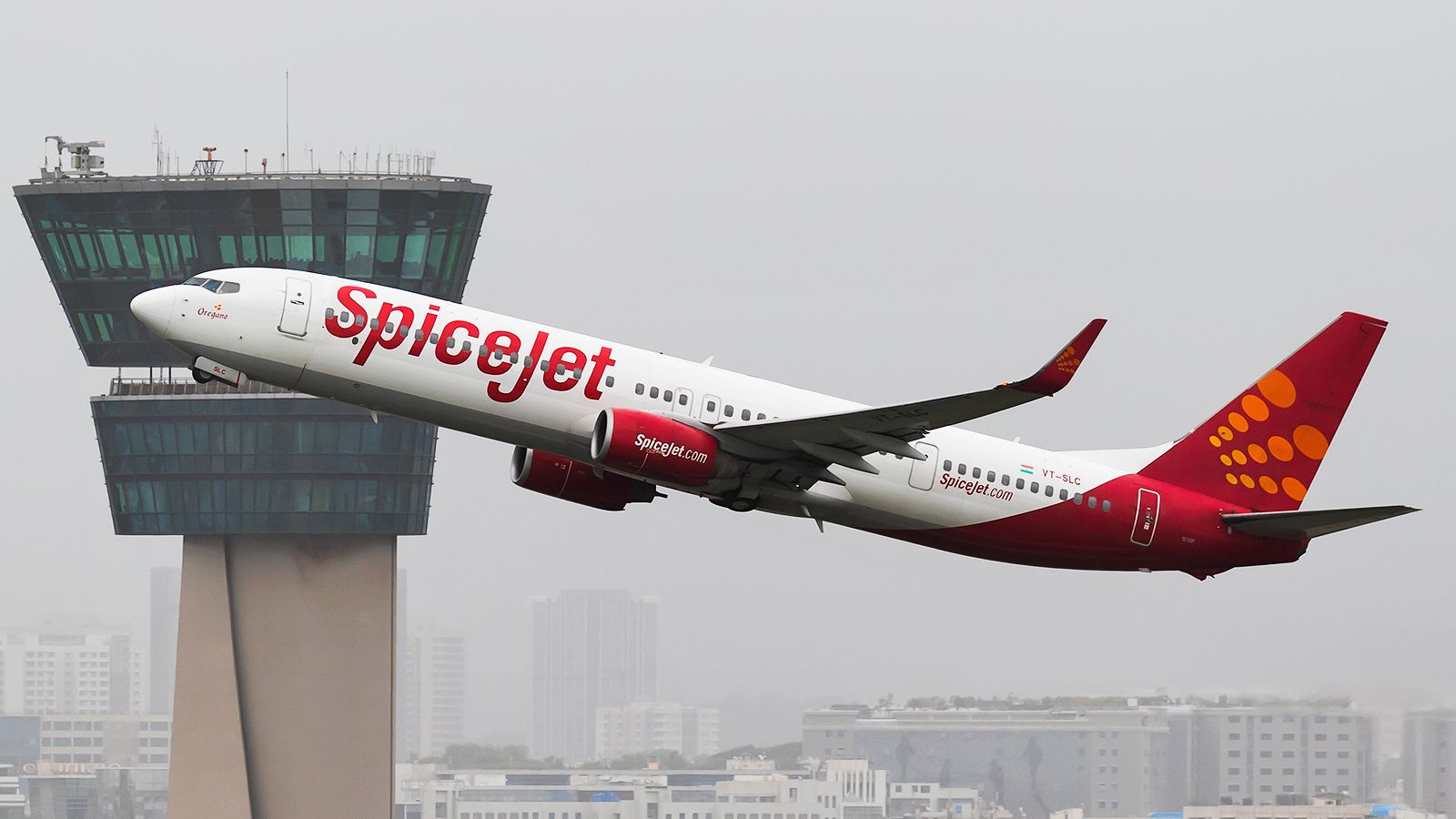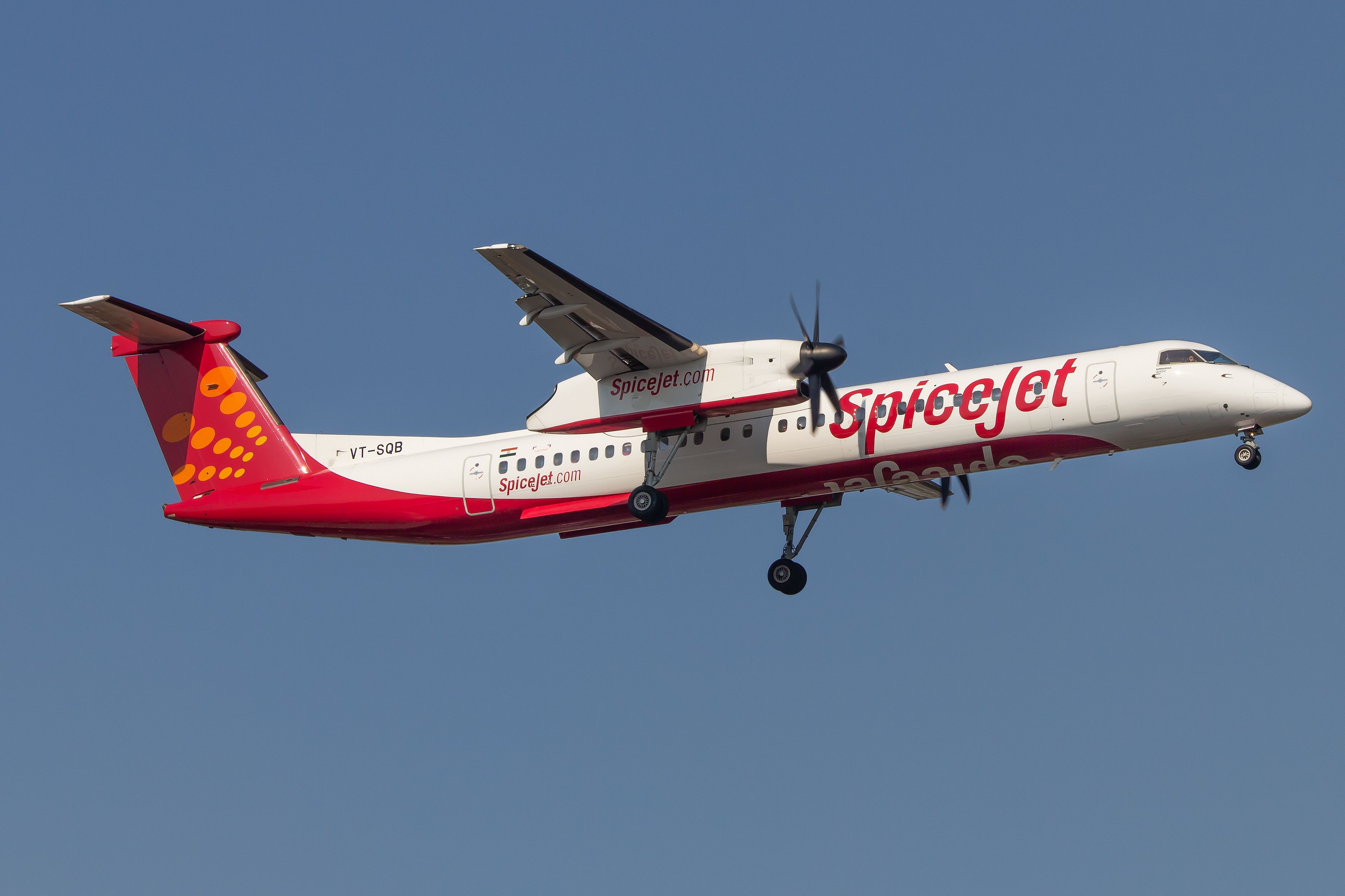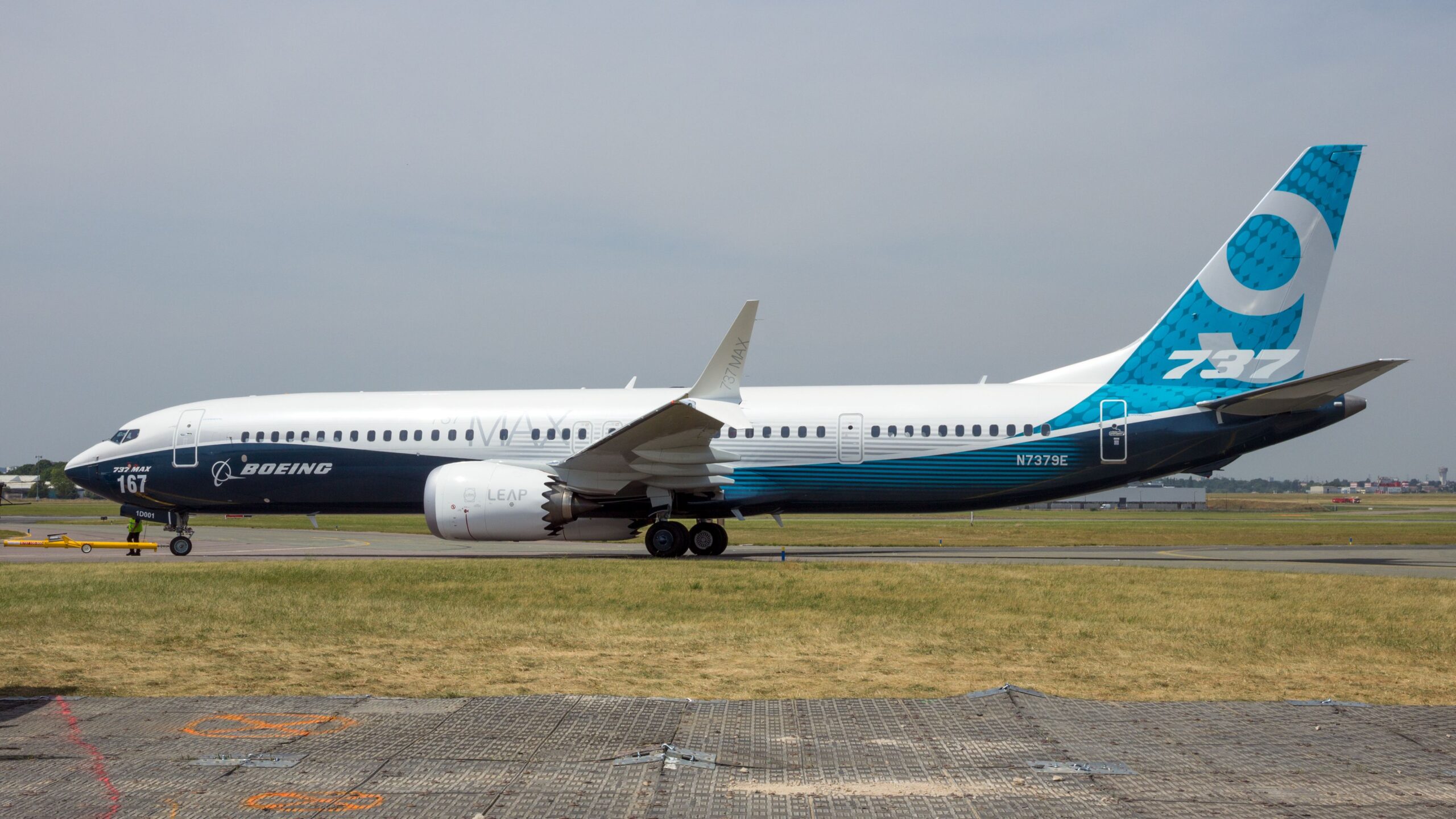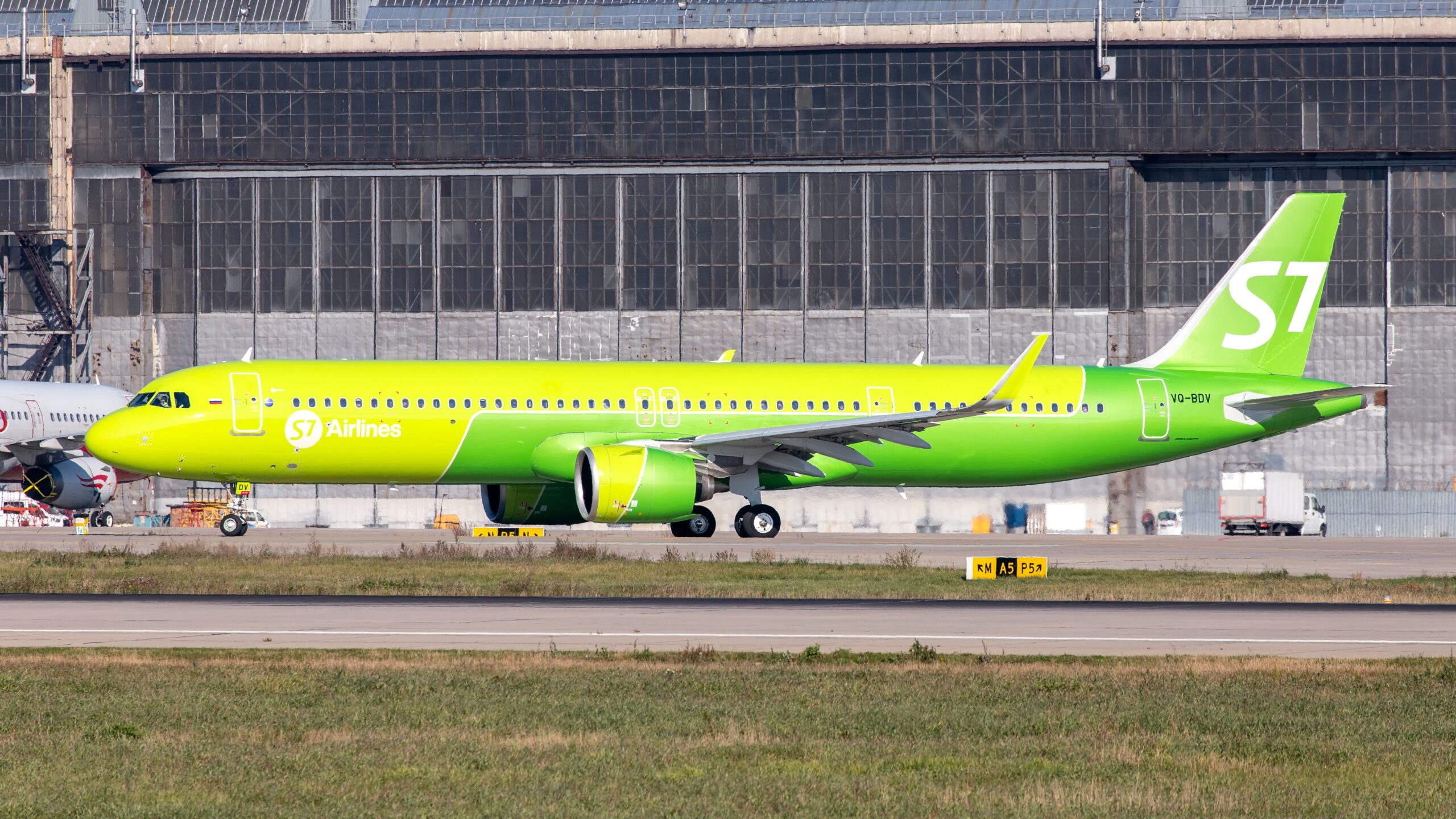One of the harshest lessons from the pandemic is just how difficult it has been to return parked aircraft to service. The lack of maintenance facilities, spare parts and experienced personnel has set some airlines back years, and it has certainly cost all carriers a lot more money than they expected. Indian carrier SpiceJet currently operates around 29% of its total fleet, with 39 out of service from a fleet of 59 jets and turboprops.
The airplane tide is turning for SpiceJet
Over the last two years, commercial aviation has seen continued high demand, and with constrained aircraft capacity, fares have soared to all-time highs in many regions. However, to cash in on this fortunate equation, an airline needs to have its planes in the air, so it has been especially painful for SpiceJet shareholders and management to see so many of theirs parked.

Related
Throwback: The Story Of SpiceJet’s Seaplane Operations
A bold plan for seaplane operations by the Indian low-cost carrier did not turn out as expected, but hope remains for future Indian seaplane services.
In some excellent news today, SpiceJet announced it is adding ten aircraft to its operational fleet by the end of November, which is perfect timing to catch the end-of-year and festive peak season demand. Seven of the additional aircraft are being leased, while the other three are being reactivated from the parked aircraft.
SpiceJet Chairman and Managing Director Ajay Singh said this addition is crucial as the airline continues to meet growing demand for air travel while strengthening its operational capabilities. He added:
“With the capital raised, SpiceJet is well-positioned to offer improved services and an expanded route network. We are committed to delivering seamless, reliable and affordable travel, and we’re exsimpleflying.com/tag/spicejet
Photo: BoeingMan777 | Shutterstock
SpiceJet recently raised Rs30 billion ($357 million) through a Qualified Institutional Placement that attracted top-tier names such as Morgan Stanley Asia, Goldman Sachs (Singapore) and Tata Mutual Fund. Directly linking reactivating to funding, the airline said the fresh capital would play a key role in ungrounding existing aircraft, acquiring new planes, investing in technology and expanding into new markets.
Photo: BoeingMan777 | Shutterstock
As it sets a new course for the future, SpiceJet said it remains focused on restoring its reputation for efficiency and reliability, ensuring passengers benefit from improved connectivity and access to a wider range of travel options. Unfortunately, SpiceJet gave no details on the type of aircraft it is leasing or reactivating, but that will emerge as planes start to enter service.
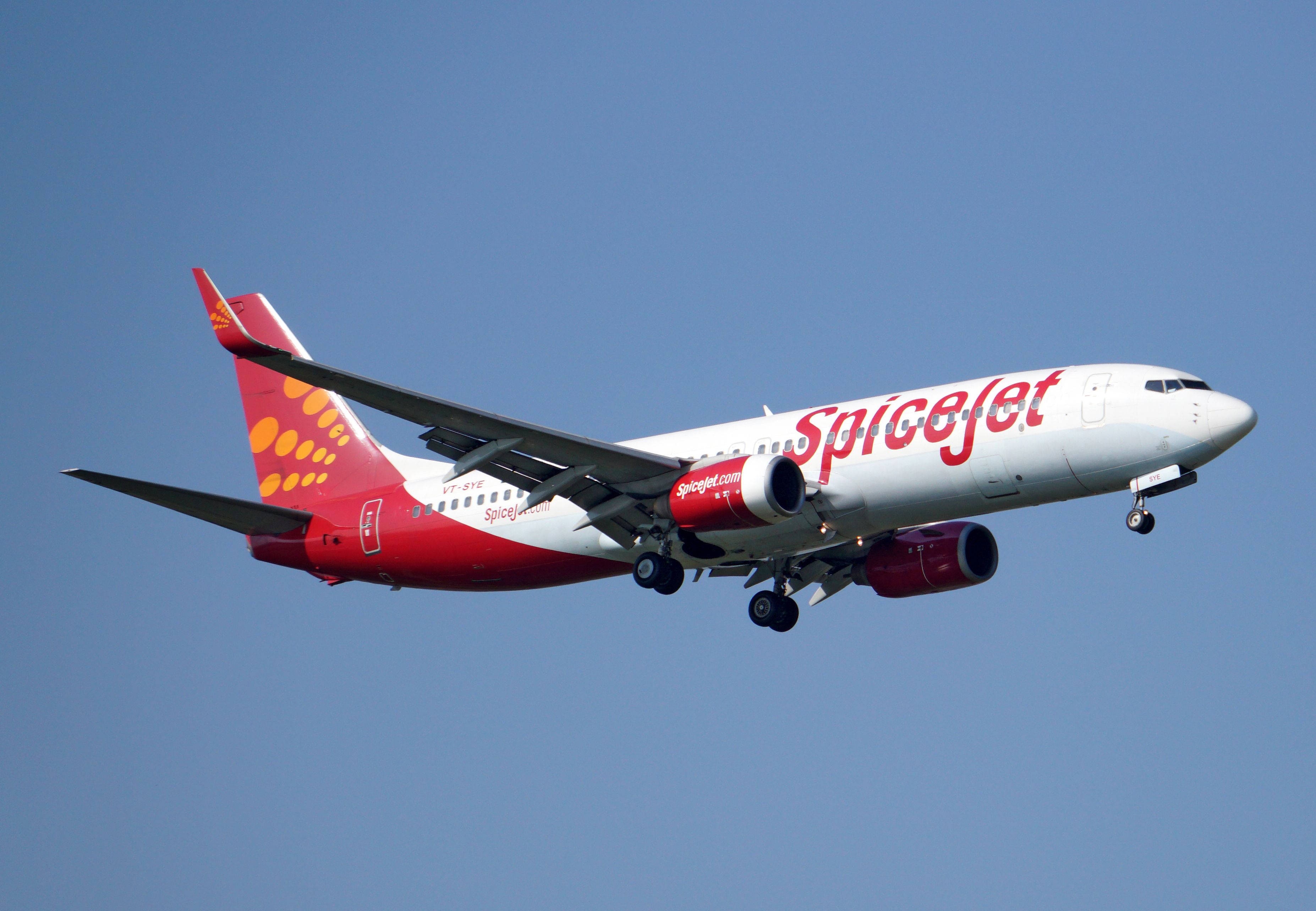
Related
Shortage Of New Boeing 737 Pilots And Planes Leads SpiceJet To Trim Summer Schedule
The airline has a little over 1,600 approved weekly flights for the upcoming summer season.
What does the fleet look like now?
According to aviation data specialist ch-aviation, Spicejet has a total fleet of 59 aircraft, including 17 active, 39 inactive and three on wet leases. The total jet fleet includes two Airbus A320-200s, five Boeing 737-700s, 15 737-800s, three 737-700ERs, seven 737 MAX 8s and three 737-700 (BDSF) freighters.
SpiceJet is one of India’s largest regional operators and operates a number of daily flights under UDAN, or the Regional Connectivity Scheme. The scheme aims to ensure more regional and remote communities have access to affordable air connectivity, similar to schemes operating in many global locations.
Photo: BoeingMan777 | Shutterstock
While some of those routes will be serviced by jets, many others will be better suited to turboprop operations or have runways that can’t handle a 737. To meet all conditions, Spicejet has 24 De Havilland Dash 8-Q400s, but the data shows that 19 of those are currently inactive, so hopefully, some of those will soon be back in the air
